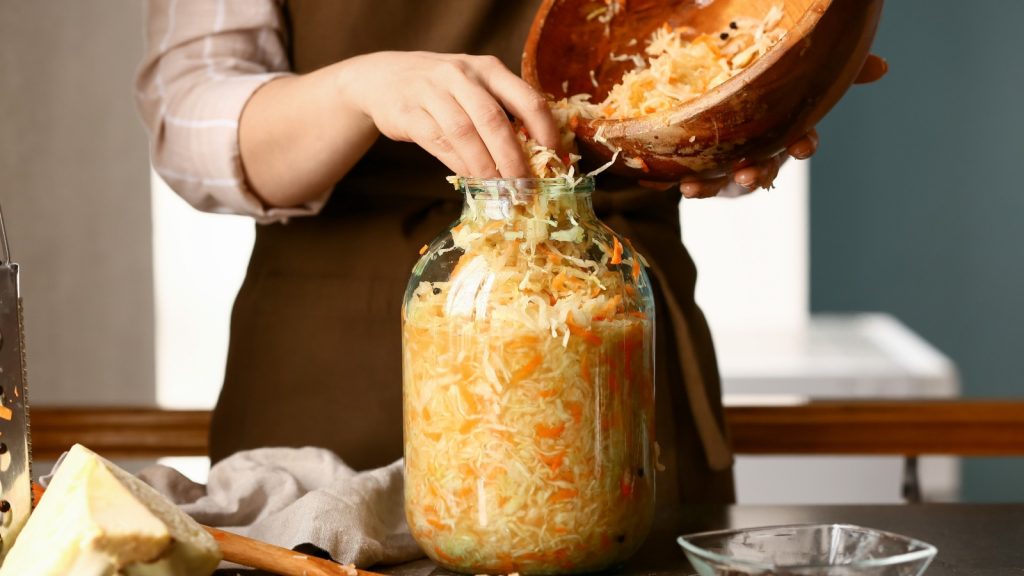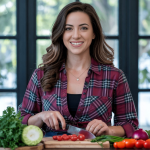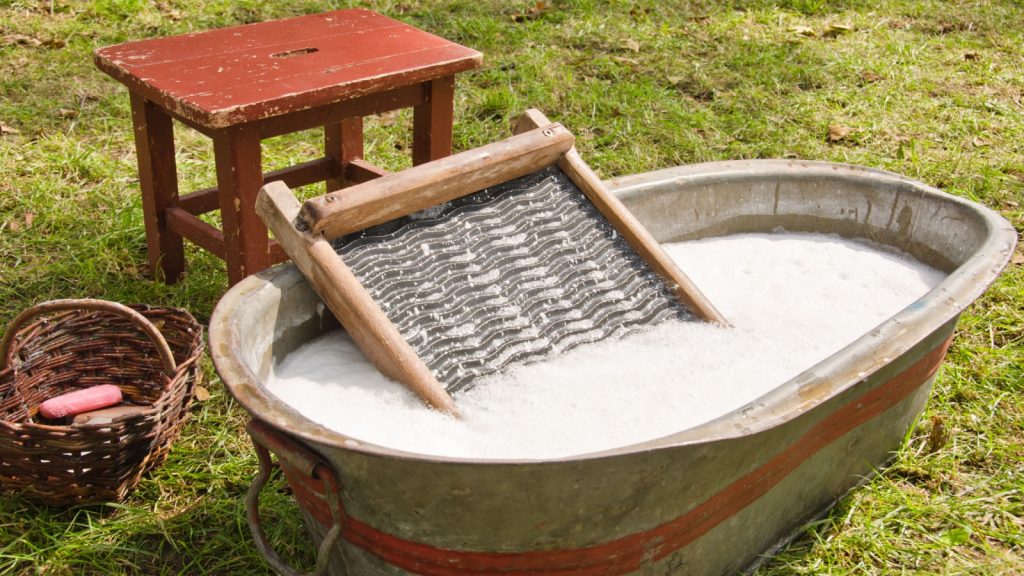The idea of food preservation, laying away food to see you through the lean times, and keeping a well stocked pantry seems old-fashioned and like a lot of work to most modern folks. And it is. But it’s becoming more and more essential. As food and living costs continue to rise, more families will struggle to keep themselves fed well and affordably. And what happens if the food supply chain is disrupted? Or there’s suddenly a shortage of fresh produce at the grocery store because the country they import the cheap veg from faced a natural disaster that decimated the crops?
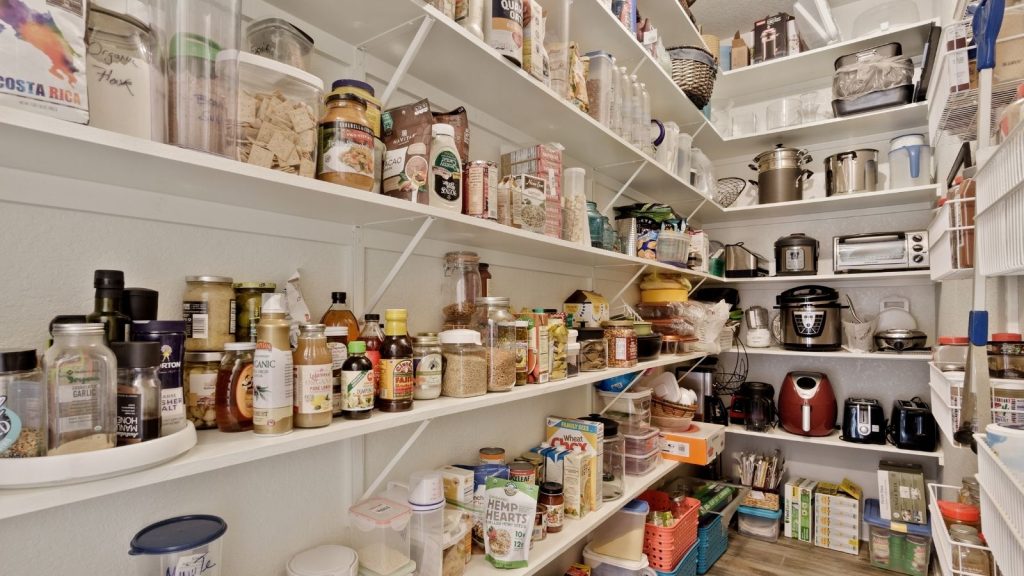
It’s time to wake up. Remember the shortages we faced in the pandemic?
For our grandparents, having a well-stocked pantry was the norm. If you didn’t preserve food to last you through the hungry months, you were considered irresponsible and wasteful. I love knowing that I can feed my family even if the grocery stores close tomorrow. I preserve food in many different ways. One of my favorites is probably dehydrating, followed by pickling and canning.
Yes, I grow a lot of our fresh produce, but I’ll also buy quality produce in bulk if I find it at a good price, and I’ll preserve that, too.
When you grow your own produce, you’ll often find yourself with more than you can eat before it spoils. That’s where preservation comes in. Whether it’s canning, freezing, fermenting, or making use of a root cellar, these techniques ensure that nothing goes to waste and your food supply stays secure.
By mastering these food preservation techniques, you can build a pantry that’s ready for anything. Whether you’re preparing for a long winter, economic uncertainty, or simply aiming to waste less, these methods are practical, reliable, and often delicious. Give a few of them a try, and you’ll quickly see the benefits of having your own stockpile of preserved foods.
Pressure Canning
Pressure canning is your go-to for preserving low-acid foods like meats, vegetables, and soups. With a dedicated pressure canner, food is heated to 240°F (116°C), killing bacteria and creating a vacuum seal. Properly canned goods can last up to five years if stored in a cool, dark space. Always inspect jars for cracks or damaged seals before consuming to ensure food safety.
Water Bath Canning
For high-acid foods like fruits, jams, and pickles, water bath canning is a simpler option. By immersing jars in boiling water, you can create a reliable vacuum seal that keeps foods fresh for up to 18 months. Ensure proper headspace in jars before sealing, as it helps create a stronger vacuum seal.
Dehydrating
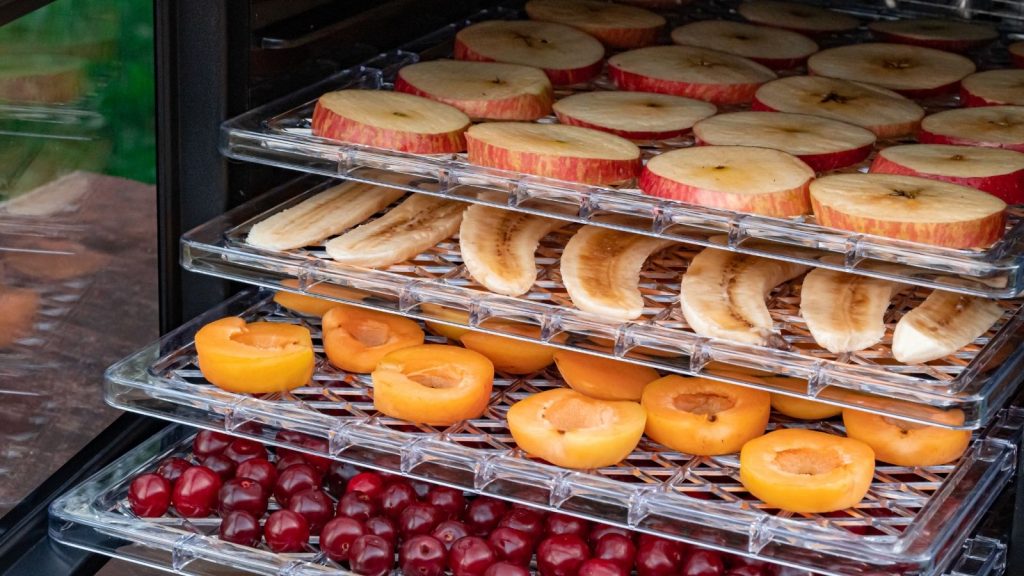
Dehydrating is a fantastic method for locking in the goodness of fruits, vegetables, and even meats by removing moisture. This process inhibits bacterial growth and makes the food lightweight—perfect for emergency kits or hiking trips. Dehydrated foods can last up to a year when stored properly. Store dehydrated items in airtight containers to prevent rehydration and spoilage.
Vacuum Sealing
Vacuum sealing is all about keeping air out, which slows down oxidation and extends the life of your food. From dry goods to meats, vacuum-sealed items stay fresh three to five times longer than those stored with traditional methods. It’s a prepper’s favourite for long-term storage of pantry staples and freezer items alike. To avoid contamination, ensure foods are clean and dry before sealing.
Fermentation
Fermentation transforms vegetables like cabbage, cucumbers, and carrots into probiotic-rich powerhouses. This ancient method not only preserves your food but also boosts its nutritional value. Depending on the recipe, fermented foods can last 4 to 18 months and bring a tasty zing to meals. Be sure to store fermented foods in a cool space to slow fermentation and extend shelf life.
Freeze Drying
Freeze drying takes preservation to the next level by removing nearly all moisture while retaining flavour and nutrients. Although the machines are pricey, the investment pays off with foods that can last an incredible 25 years, making it a long-term prepper’s dream. Store freeze-dried foods in vacuum-sealed bags or Mylar with oxygen absorbers for maximum shelf life.
Salt Curing
Salt curing is an age-old technique perfect for preserving meats and fish. By drawing out moisture, it prevents bacterial growth and extends shelf life. Salt-cured items can last for months to a year when stored correctly. Always use high-quality, non-iodized salt for the best results and to avoid altering the flavour.
Smoking
Smoking adds rich flavour while preserving your food. Cold smoking is used primarily for taste, while hot smoking cooks and preserves at the same time. Depending on the method, smoked foods can last weeks or even months. Use hardwoods like oak or hickory for the best flavour and preservation results.
Oil Packing
Submerging foods like herbs or cheese in oil creates an oxygen-free environment that prevents bacterial growth. Stored in a cool, dark place, oil-packed items can keep for several months, adding rich flavour to your pantry supplies. Always ensure that food is fully submerged to prevent spoilage.
Sugar Preserving
Sugar preserving, or candying, involves using sugar to draw moisture out of fruits. This creates an environment that bacteria can’t thrive in. Perfect for treats like candied citrus peels, cherries, or ginger, sugar-preserved foods can last several months to a year when properly stored. Use an airtight container to keep moisture from ruining the candied goods. It’s also a fantastic way to use up things like citrus peel that may otherwise go to waste.
Pickling
Pickling immerses foods in a vinegar-based or brine solution, creating an acidic barrier that halts bacterial growth. This method is perfect for preserving vegetables, eggs, or even meats. Properly pickled foods stored in a cool, dark place can last up to a year and add tangy, bold flavours to meals. Sterilize jars before filling them to avoid contamination.
Root Cellaring
Root cellaring is a no-tech way to store root vegetables like potatoes, carrots, and onions, along with some fruits like apples. By maintaining a cool (32-40°F or 0-4°C), dark, and humid environment, root cellars keep produce fresh for months without any special equipment. Regularly check stored items for rot to prevent it from spreading.
Waxing
Coating certain fruits and vegetables with a thin layer of food-grade wax slows down moisture loss and oxidation, extending their shelf life significantly. Waxed produce can stay fresh for weeks or even months longer than untreated items, making it a simple and effective option. Ensure the wax used is specifically labeled food-safe to avoid contamination.
Dry Salting
Dry salting involves layering foods like cabbage or cucumbers with salt, which draws out moisture and preserves them. This technique is often the first step in making fermented foods like sauerkraut or kimchi. Properly stored, salted foods can last for several months. Use a non-reactive container like glass or ceramic to avoid chemical reactions with the salt.
Freeze Storage
Freezing is a straightforward preservation method that works wonders for a variety of foods. Using airtight containers or freezer bags helps prevent freezer burn and keeps items fresh for months. Meats can last 4-12 months, fruits and vegetables 8-12 months, and bread 2-3 months when frozen properly. Label and date your freezer items to track freshness and reduce waste.
Cassandra’s expertise in traditional food preservation techniques stems from her grandmother’s teaching and her own experiments with traditional methods and food science. She specializes in fermentation, canning, smoking, curing, and root cellaring.
“Modern convenience has disconnected us from ancient wisdom about storing food without refrigeration. These methods don’t just preserve nutrients—they enhance them.”
